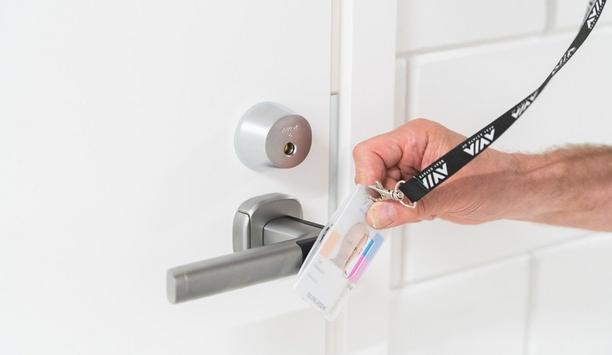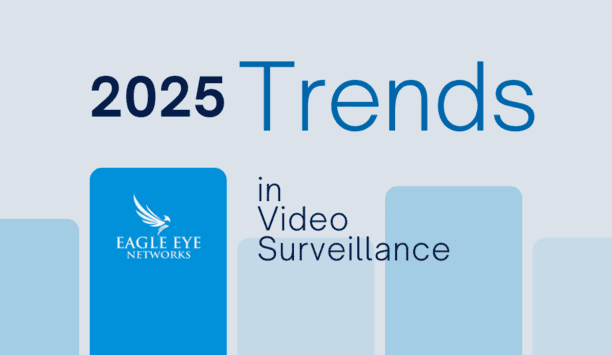DigiCert, Inc., a pioneering global provider of digital trust, released its 2024 State of Digital Trust Survey that checks in on how enterprises around the world are managing digital trust in their organisations.
While digital trust overwhelmingly remains a critical focus for all enterprises, the latest report shines a light on the growing divide between the ‘leaders’ --those who are getting it right, and the ‘laggards’ -- those who are struggling.
Benefits of the IoT
The difference between leaders and laggards revealed some clues and potential best practices when it comes to digital trust. The top 33% of digital ‘trust leaders’ enjoyed higher revenue, better digital innovation and higher employee productivity. They could respond more effectively to outages and incidents, were generally better prepared for Post Quantum Cryptography and were more readily taking advantage of the benefits of the IoT.
The top 33% of digital ‘trust leaders’ enjoyed high revenue, digital innovation and worker productivity
Meanwhile, the bottom 33% of ‘laggards’ performed comparatively poorly in all those categories and found it harder to reap the benefits of digital innovation. In addition, the leaders were more likely to centrally manage their certificates, more likely to employ email authentication and encryption (S/MIME) technology, and generally employed more mature practices in digital trust management.
Range of digital trust metrics
The 2024 survey included a series of questions to determine how well (or poorly) each respondent was doing across a wide range of digital trust metrics. After the scores were totalled, the respondents were split into three groups: leaders, laggards, and those in the middle. Comparing the results between leaders, laggards, and those in the middle, notable differences emerged:
Leaders exhibited far fewer issues on core enterprise systems (no system outages, few data breaches, and no compliance or legal issues) and experienced no IoT compliance issues, whereas half (50%) of the laggards did so. Leaders also have significantly fewer issues due to software trust mishaps, for example, none of the leaders experienced compliance issues or software supply chain compromises, compared to 23% and 77% of the laggards, respectively.
Life cycle of digital trust technologies
"As the threat landscape continues to expand, so does the gap between organisations who are pioneering the way in digital trust and those who are falling behind,” said Jason Sabin, CTO at DigiCert. "Those who fall within the ‘leaders’ group and those who are a ‘laggard’ are well aware of who they are. The danger, however, is those organisations who fall in the middle and are not taking action due to a false sense of security.”
"For organisations to be champions of digital trust, they must understand and actively implement the structure, processes, and activities that make it possible,” said Jennifer Glenn, Research Director, Security and Trust Group, IDC. “This includes keeping up with changes to industry standards, maintaining compliance with regulatory requirements in each geography, managing the life cycle of digital trust technologies, and extending trust into digital ecosystems. Companies that focus their efforts on digital trust — and make it a strategic imperative for the business — the benefits are notable, including reliable uptime, reduced risk of data compromise, and improved user trust.”





















